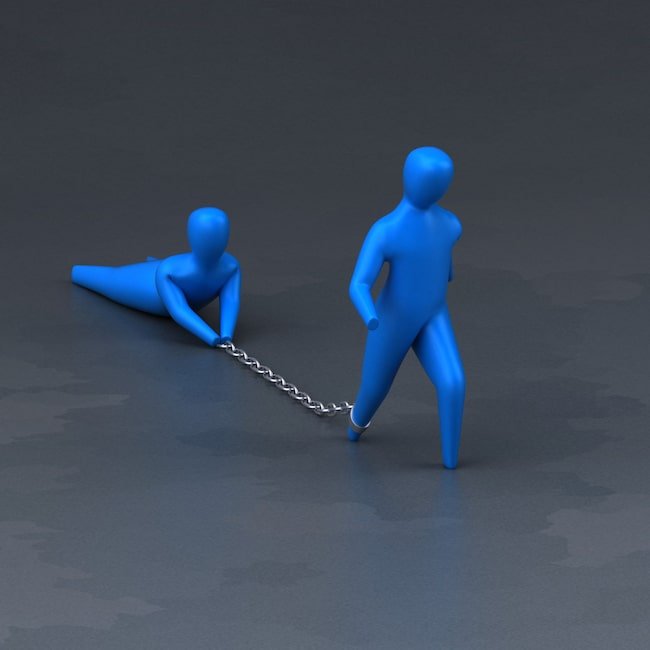Addiction is an invisible web that entangles individuals from all walks of life. From substance use disorders to behavioral dependencies like gambling or sex addiction, the grip can feel unbreakable. But it isn’t. By understanding the nature of addiction, recognizing the signs, and seeking the right help, breaking free becomes possible. This blog will guide you through identifying addiction, its causes, treatment options, and how to build a recovery plan. Let’s uncover the path to freedom.
Identifying Addiction: Signs, Symptoms, and Self-Assessment
Addiction can take many forms, but at its core, it involves a compulsive engagement in a behavior or substance despite negative consequences. Recognizing addiction is often the first and most critical step in addressing it.
Common Signs of Addiction
- Behavioral Symptoms
- Neglecting responsibilities at work, school, or home.
- Drastic changes in mood or attitude.
- Spending excessive time engaging in the addictive behavior.
- Physical Symptoms
- Changes in weight or appetite.
- Sleep disturbances.
- Signs of withdrawal when not engaging in the behavior.
- Relationship Issues
- Conflicts with family or friends.
- Isolation from social gatherings.
- Losing trust due to secretive behavior.
Self-Assessment Tools
When self-reflection isn’t enough, consider using structured self-assessment tools like the Alcohol Use Disorders Identification Test (AUDIT) or online quizzes tailored to behavioral dependencies, such as gambling addiction or sex addiction. Tools like these help shed light on whether professional help may be needed.
Understanding the Roots of Addiction
Addiction is rarely just about a substance or behavior. Multiple factors, from biology to environment, often converge to create a harmful dependency.
Biological Causes
Some individuals may have a genetic predisposition to addiction. For instance, studies suggest that children of alcoholics are 50% more likely to develop similar dependencies. Additionally, changes in brain function, particularly involving dopamine release, reinforce addictive behaviors over time.
Psychological Factors
Mental health struggles like anxiety, depression, or trauma are closely linked to addiction. Individuals might turn to substances or certain behaviors as a coping mechanism to numb emotional pain temporarily.
Environmental Triggers
- Peer Pressure
Environments that normalize substance use or addictive behavior heighten the risks.
- Accessibility
Easy access to substances or opportunities for activities such as online gambling can escalate addictive habits.
- Stress
Chronic stress from work, relationships, or finances often fuels dependence.
Recognizing these roots can empower individuals to address underlying issues as part of their recovery process.
Seeking Help for Addiction
Overcoming addiction often requires looking beyond one’s strength and seeking external support. From professional treatment programs to community resources, there are numerous options available.
Treatment Options
- Rehabilitation Centers
Rehab centers, trained to handle a spectrum of dependencies, provide structured environments for recovery. For example, sex addiction rehab programs focus on behavior modification and managing triggers.
- Therapy
Cognitive Behavioral Therapy (CBT) and Dialectical Behavior Therapy (DBT) are common approaches that enable individuals to identify and change harmful thought patterns.
- Support Groups
Support groups offer peer-driven support, ensuring individuals feel less alone in their struggles.
Building a Network
Family support is often integral to long-term recovery. For individuals estranged from loved ones, connecting with a caseworker or counselor through a rehab center can help rebuild that support system.
Building a Recovery Plan
Once help is sought, the next step is crafting a sustainable recovery plan. A well-structured plan not only helps achieve sobriety but ensures that progress remains intact long term.
Setting Goals
- Short-term Goals: Focus on daily achievements, such as attending therapy or avoiding triggers for 24 hours.
- Long-term Goals: Envision a life beyond addiction, like pursuing a dream career or restoring strained relationships.
Coping Mechanisms
Recovery entails overcoming cravings and urges. Practical tools include:
- Mindfulness Practices: Activities like yoga and meditation strengthen mental resilience against triggers.
- Journaling: Documenting feelings and triggers delivers self-awareness critical to managing relapse risks.
- Exercise: Physical activity serves as a positive outlet for stress reduction and emotional stability.
Relapse Prevention
Relapse is not failure; it’s a step in recovery for many. However, the risk can be reduced with consistent effort.
- Identify Warning Signs: Stress, overconfidence, or isolation often signal relapse risks.
- Have an Action Plan: Prepare a list of contacts, like a trusted friend or sponsor, to lean on during difficult moments.
- Regular Check-ins: Scheduling routine follow-ups with therapists ensures accountability and progress.
Conclusion
Addiction doesn’t define you, and it doesn’t have to dictate your future. By identifying the problem, understanding its causes, and taking active steps toward recovery, you can reclaim your life. Everyone’s path is unique, but the resources and communities available can provide the support needed to succeed.







